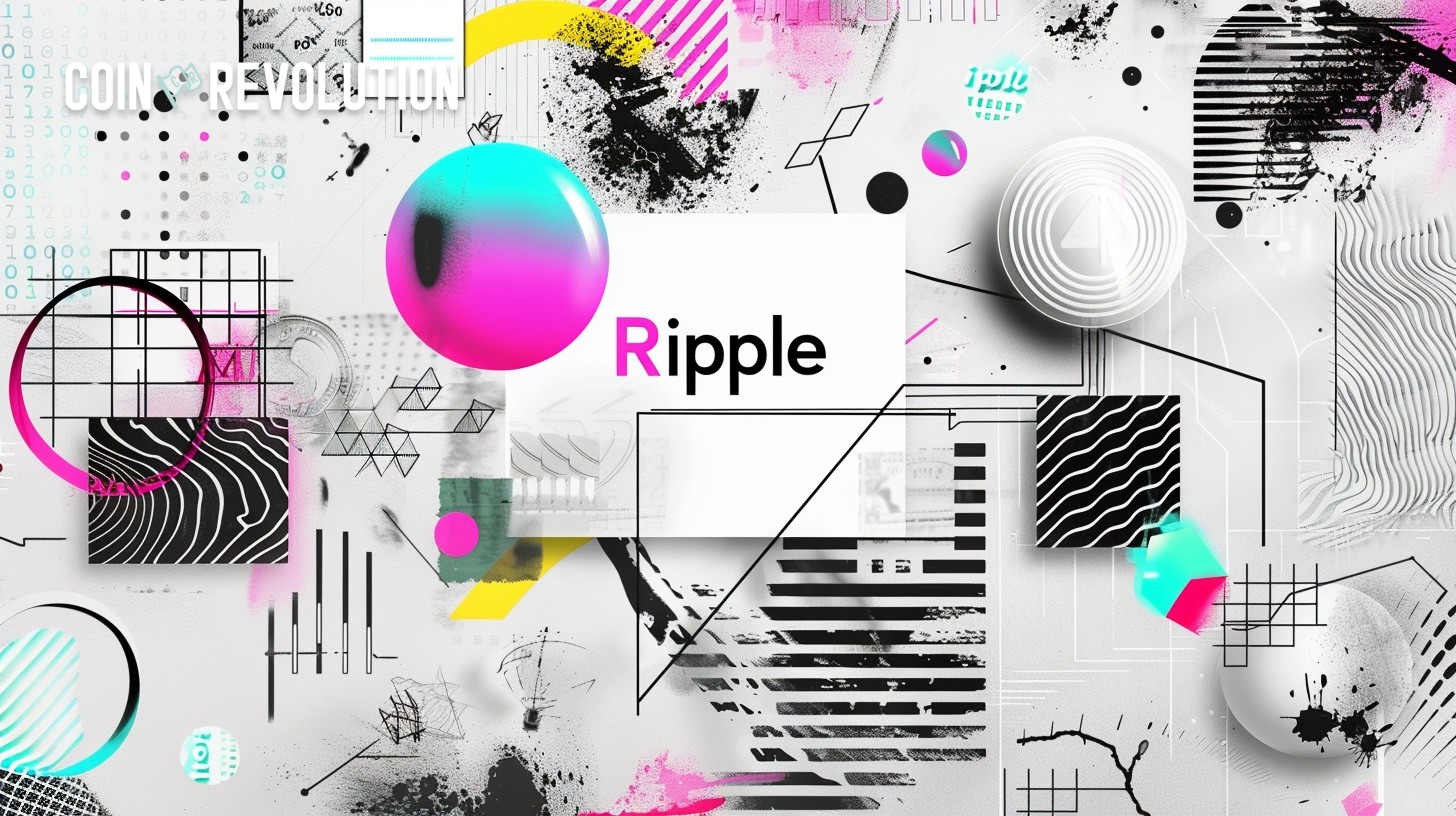Ripple Is “All-In,” Top Executive Announces

At the 2024 Financial Markets Quality Conference, Ripple’s Chief Legal Officer Stuart Alderoty outlined the company’s bold expansion into custody, stablecoins, and tokenization. Backed by a compliance-first strategy, Ripple aims to lead enterprise crypto adoption — despite growing tensions with U.S. regulators.
Ripple’s Executive Insights at the 2024 Financial Markets Quality Conference
In an engaging session at the 2024 Financial Markets Quality (FMQ) Conference, Stuart Alderoty, Ripple’s Chief Legal Officer, discussed the company’s strategic focus and the evolving landscape of crypto regulations. This comprehensive analysis covers Ripple’s core products, emerging trends, and the global regulatory environment, offering valuable insights for industry stakeholders.
Ripple’s Core Product Focus
Cross-Border Payments
Ripple has been a trailblazer in facilitating cross-border payments since its inception. Leveraging blockchain technology, the company has significantly reduced transaction times and costs associated with international money transfers. Ripple’s efficient solutions cater to financial institutions and businesses, streamlining the often cumbersome process of cross-border payments.
Expanding into Custody Services
In a bold move, Ripple is venturing into the burgeoning custody services market. This sector, crucial for safeguarding digital assets, is gaining traction as institutional investments in cryptocurrencies grow. By providing secure custody solutions, Ripple aims to fortify its position as a comprehensive service provider in the crypto space.
Stablecoin Sector Investments
Stablecoins, cryptocurrencies pegged to stable assets like the US dollar, play a pivotal role in reducing volatility and enhancing transactional reliability. Ripple’s commitment to stablecoin initiatives signifies its intent to support scalable and efficient financial solutions. This approach aligns with the global trend towards integrating stablecoins into mainstream finance.
Interest in Tokenization of Real-World Assets
New Trends in Tokenization
Tokenization, the process of converting real-world assets into digital tokens, is revolutionizing various industries. Ripple’s interest in this domain is indicative of its forward-thinking strategy. Tokenization allows diverse assets such as real estate, art, and commodities to be easily tradable and accessible, democratizing investment opportunities.
Ripple’s Compliance and Regulatory Stance
Compliance-First Approach
Ripple has always prioritized compliance, an ethos that has guided its operations for 12 years. This commitment to adhering to regulatory standards ensures the company’s resilience and credibility in the evolving crypto landscape.
Expected Regulatory Clarity
Stuart Alderoty emphasized the significance of regulatory clarity for Ripple’s operations. As the legal ambiguities surrounding cryptocurrencies diminish, Ripple anticipates becoming the premier source for enterprise crypto solutions in the U.S. This optimism is rooted in the company’s robust compliance infrastructure and innovative prowess.
Lagging Behind: A Critical Look at the SEC
Global Perception of the SEC
Alderoty’s observations highlight a growing disconnect between the U.S. Securities and Exchange Commission (SEC) and international regulatory bodies. His discussions with regulators in jurisdictions like Singapore, the UK, Brazil, and Dubai revealed that the SEC is not viewed as a leading regulatory voice globally.
Criticism of the SEC’s Approach
The recent judicial criticism faced by the SEC underscores a troubling right of the organization’s regulatory strategies. According to Alderoty, U.S. regulators must adopt a balanced approach that fosters innovation while ensuring investor protection. This is a sentiment echoed by many in the global financial community.
Comparisons with International Regulatory Bodies
Balanced Regulation
In contrast to the U.S., regulators in other nations have successfully balanced innovation and investor protection. This balanced regulation is evident in countries like Singapore, which has become a hub for fintech innovation. Such regulatory environments attract investment and spur economic growth.
Moving Beyond the SEC
Alderoty expressed concerns about the U.S. lagging in regulatory advancements, which could hinder its ability to catch up with global counterparts. The recognition of blockchain technology’s potential across various sectors by international regulators is a testament to their progressive outlook.
The Future of Crypto and the US Dollar
Harmonious Coexistence
Alderoty firmly believes that cryptocurrencies and the U.S. dollar can coexist harmoniously. Contrary to the portrayal of the crypto industry as a hotbed of criminal activity, the sector comprises legitimate players striving for financial innovation and inclusion.
FAQs
Q1: What are the core products of Ripple?
A1: Ripple’s core products include cross-border payment solutions, custody services, and stablecoin initiatives.
Q2: What is the significance of tokenization?
A2: Tokenization converts real-world assets into digital tokens, making them more accessible and tradeable, thereby democratizing investment opportunities.
Q3: How does Ripple view the current US regulatory environment?
A3: Ripple is critical of the SEC’s approach and believes the U.S. is falling behind in creating a balanced regulatory environment that fosters innovation and protects investors.
Q4: Can cryptocurrencies coexist with traditional currencies?
A4: Yes, Ripple’s Stuart Alderoty believes that cryptocurrencies and traditional currencies like the U.S. dollar can coexist, complementing each other within the financial ecosystem.
Conclusion
Ripple’s strategic focus on cross-border payments, custody services, and the stablecoin sector positions it at the forefront of financial innovation. Coupled with its interest in tokenizing real-world assets and a steadfast compliance-first approach, Ripple is poised to be a leading enterprise crypto solutions provider. However, achieving this potential hinges on navigating the complex global regulatory landscape.
The information published on CoinRevolution is intended solely for general knowledge and should not be considered financial advice.
While we aim to keep our content accurate and current, we make no warranties regarding its completeness, reliability, or precision. CoinRevolution bears no responsibility for any losses, errors, or decisions made based on the material provided. Always do your own research before making financial choices, and consult with a qualified professional. For more details, refer to our Terms of Use, Privacy Policy, and Disclaimers.






